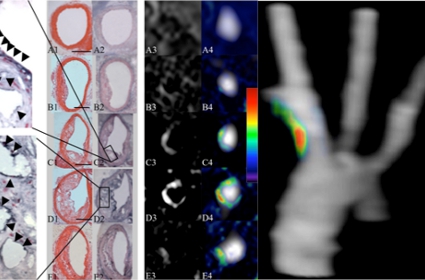
Moreover, the lactate in the TME controls multiple phenomena associated with tumor resistance to therapy (Pilon-Thomas et al., 2016 Ippolito et al., 2019). Although the presence of lactate in the tumor microenvironment (TME) was previously considered as metabolic waste, more recently, accumulating evidence has suggested that it acts as an important signaling molecule in the regulation of tumor metabolism and immunity (Zhang et al., 2019). L-EGCG-Mn has a good safety profile and pH sensitivity and may thus serve as a potential MRI contrast agent.Ĭancer cells rely on the ‘Warburg effect’ for aerobic glycolysis, leading to the accumulation of high lactate concentrations, even under aerobic conditions (Peng et al., 2019). Furthermore, L-EGCG-Mn was found to have a good safety profile via cytotoxicity tests and histological analysis. The in vivo analysis showed that after injection, L-EGCG-Mn exhibited a higher MRI signal compared to Gd-DTPA in H22 tumor-bearing mice ( p < .05). Furthermore, after incubation with L-EGCG-Mn for 4 h, the T1 relaxation time of hypoxic H22 cells was significantly lower than that of normoxic H22 cells (1788 ± 89 vs. Moreover, when the pH was decreased from 7.4 to 5.5, the r 1 relaxivity of L-EGCG-Mn was shown to gradually increase from 1.79 to 6.43 mM −1

L-EGCG-Mn showed good biocompatibility, stability, pH sensitivity, and tumor-targeting ability. Cytotoxicity tests and histological analysis were performed to evaluate the safety of L-EGCG-Mn. The T1-weighted MR imaging (MRI) properties were evaluated in vitro using hypoxic H22 cells as well as in H22 tumor-bearing mice. The in vitro relaxivity of L-EGCG-Mn incubated with different pH buffer solutions (pH = 7.4, 6.8, 5.5) was evaluated. The physicochemical properties of L-EGCG-Mn were characterized using dynamic light scattering, transmission electron microscopy, and near-infrared fluorescence small animal live imaging.
Reverse microemulsion was used to obtain the L-EGCG-Mn NPs. This study aimed to synthesize and characterize L-epigallocatechin gallate (EGCG) complexed Mn 2+ nanoparticle (L-EGCG-Mn), a proof-of-concept pH-sensitive manganese core nanoparticle (NP), and compare its magnetic resonance (MR) properties with those of Gd-DTPA, both in vitro and in vivo.


 0 kommentar(er)
0 kommentar(er)
